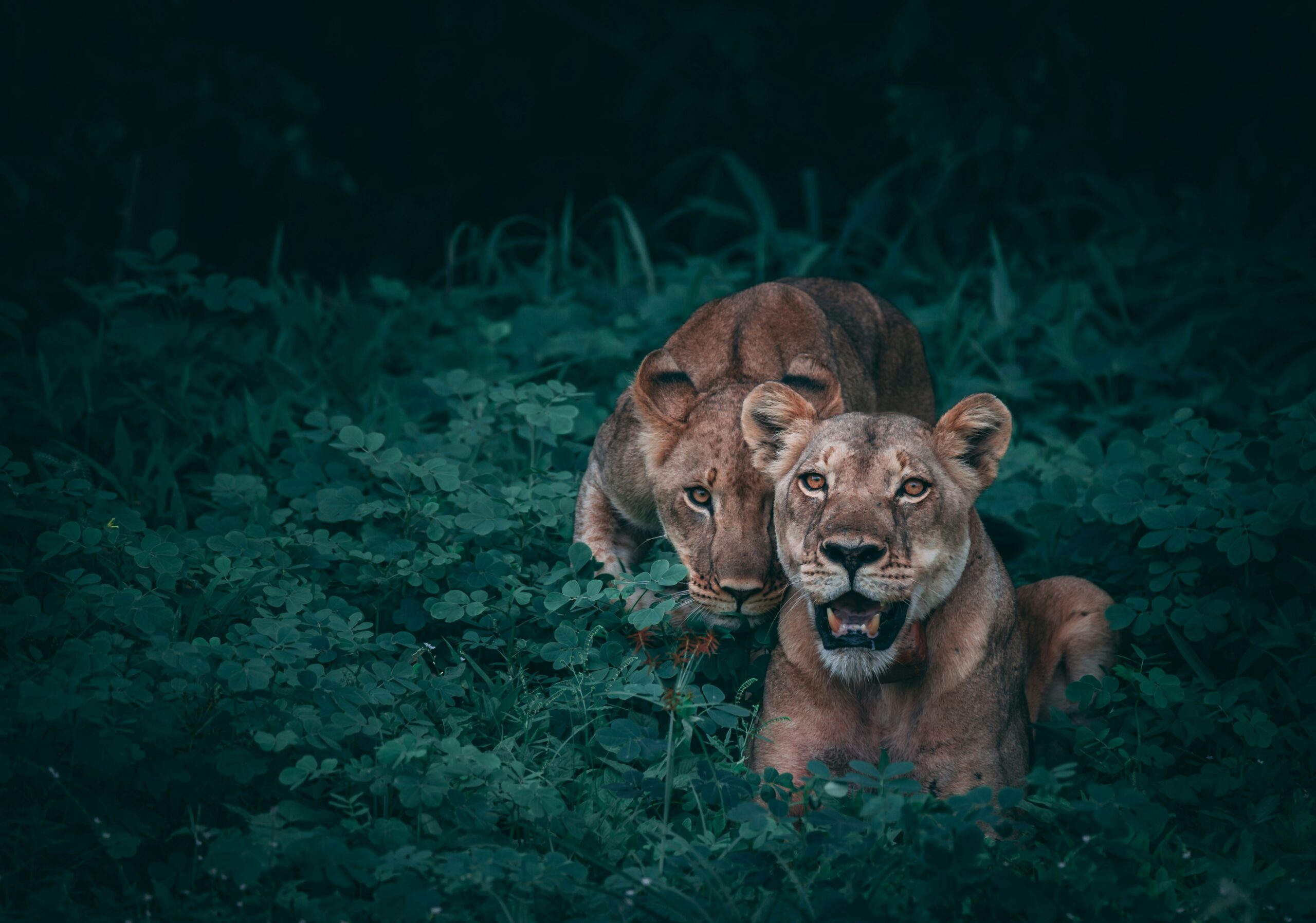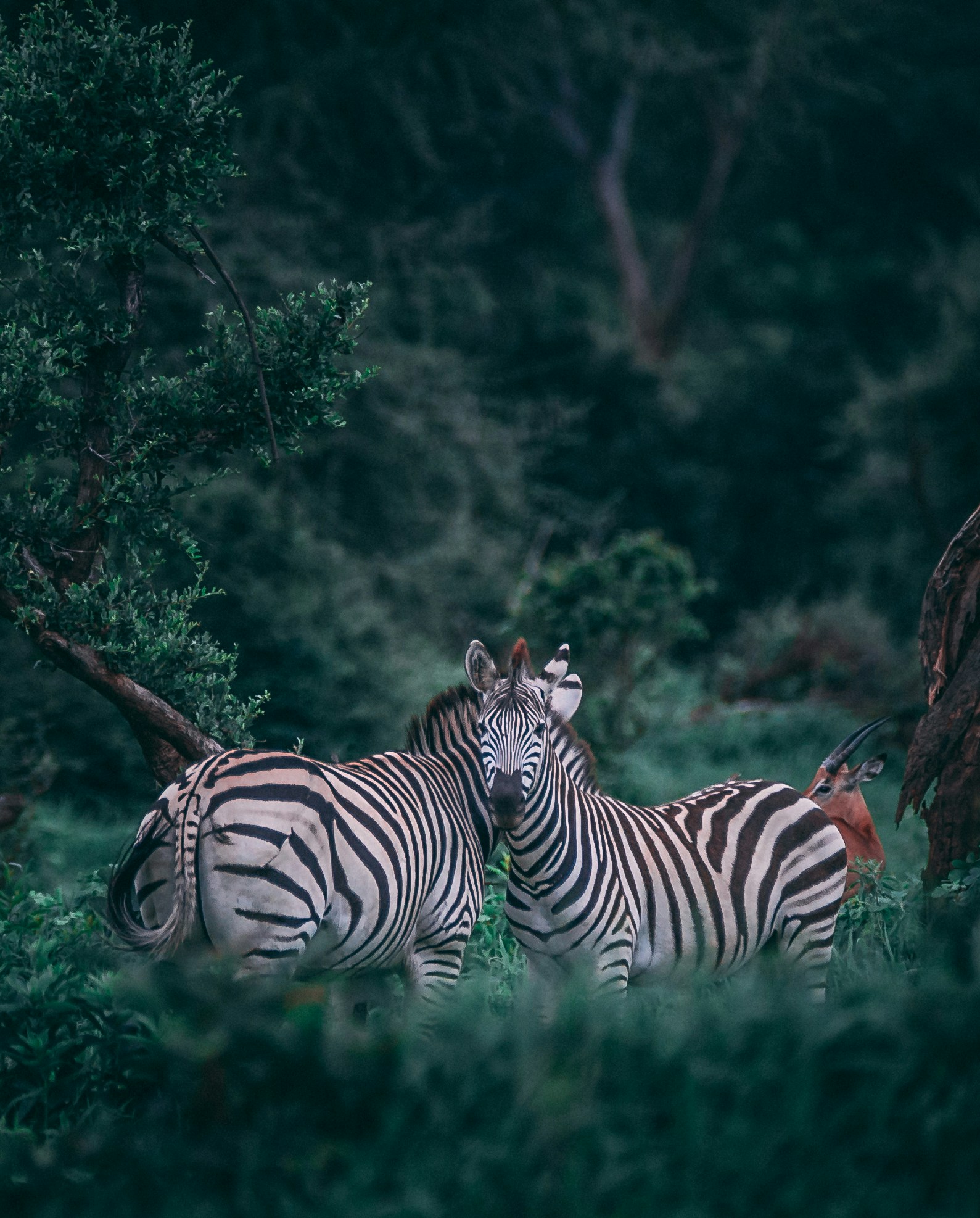Imagine you’re exploring a beautiful hiking trail, immersed in the breathtaking wilderness, when suddenly you come face to face with a snake. Your heart races, and you find yourself frozen with fear. But fear not, for in this article, you’ll discover essential tips and techniques to handle snake bites and other wildlife encounters. Whether it’s knowing how to respond to a bite, recognizing venomous snakes, or understanding proper animal encounter etiquette, we’ve got you covered. So, let’s dive into this informative guide and ensure you’re well-prepared for any surprising encounters with nature’s creatures.
Understanding Wildlife Encounters
Encountering wildlife can be a thrilling experience, but it’s important to have an understanding of the different types of wildlife encounters to ensure your safety. These encounters can range from harmless and non-threatening interactions to potentially dangerous situations. By knowing the common causes of wildlife encounters and being aware of the risk factors and prevention strategies, you can better navigate these situations and minimize any potential risks.
Types of Wildlife Encounters
There are various types of wildlife encounters that you may come across. These can include sightings of animals in their natural habitat, accidental close proximity to wildlife, or even dangerous encounters such as snake bites. It’s crucial to differentiate between these encounters to determine the appropriate response and take necessary precautions.
Common Causes of Wildlife Encounters
Wildlife encounters can occur due to several factors. One common cause is encroachment of human settlements into natural habitats, leading to increased human-wildlife interactions. Other causes include attraction of animals to food sources in residential areas, lack of proper waste management, and engaging in outdoor activities in wildlife-rich environments. Understanding these causes helps in developing strategies to prevent encounters and mitigate potential risks.
Risk Factors and Prevention
Certain risk factors can increase the likelihood of encountering wildlife. These may include living near wooded areas, having improper waste disposal practices, or engaging in activities that bring you closer to wildlife habitats. To prevent wildlife encounters, it’s crucial to understand the behavior and habitats of different species. By implementing safety measures such as snake-proofing your home, securing food and garbage from wildlife, and practicing caution during outdoor activities, you can significantly reduce the risks associated with wildlife encounters.
Snake Bites: Immediate Response
Snake bites are uncommon but can be life-threatening if not addressed promptly. Knowing how to identify venomous snakes, recognizing the symptoms of a snake bite, and understanding the dos and don’ts in such situations can make a significant difference in the outcome.
Identifying Venomous vs. Non-venomous Snakes
Being able to identify venomous snakes is essential for your safety. Venomous snakes commonly found in certain regions include rattlesnakes, copperheads, and coral snakes. Familiarize yourself with their distinctive features, such as the shape of the head, the presence of a rattle, or unique patterns and colors. However, it’s crucial to remember that not all snakes are venomous, and most species are harmless and play important roles in ecosystems.
Recognizing Snake Bite Symptoms
If you find yourself bitten by a snake, it’s important to recognize the symptoms of a venomous snake bite. Symptoms may include local pain and swelling around the bite area, redness and bruising, difficulty breathing, nausea, dizziness, or even paralysis. These symptoms may develop rapidly or gradually, depending on the snake species and the amount of venom injected. Prompt recognition of these symptoms is crucial for seeking appropriate medical assistance.
Dos and Don’ts in Case of a Snake Bite
In the event of a snake bite, it’s important to stay calm and take immediate action. Remember these dos and don’ts:
-
Dos: Wash the bite area gently with soap and water, immobilize the affected limb, keep the bite area below heart level, remove any constricting items like jewelry, and seek medical help immediately.
-
Don’ts: Do not attempt to suck out the venom, apply tourniquets or ice packs, cut the wound, or try any home remedies. These actions can potentially worsen the situation and delay appropriate medical treatment.

First Aid for Snake Bites
While waiting for medical assistance, there are important steps you can take to provide initial aid for a snake bite. Keeping calm and ensuring safety is paramount.
Keeping Calm and Ensuring Safety
It’s natural to feel frightened or panicked after a snake bite, but maintaining a calm demeanor is crucial. Panic can elevate your heart rate, causing the venom to spread more quickly throughout your body. Ensure your safety by moving away from the snake and any potential threats, keeping others at a safe distance, and avoiding further contact with the snake or its environment.
Emergency Assistance and Calling for Help
Once you’re in a safe location, immediately call emergency services or local medical authorities for assistance. Provide them with accurate information regarding the snake bite, including the species of snake if known. This information will help medical professionals provide appropriate care upon arrival.
Basic First Aid Steps for Snake Bites
While awaiting medical help, there are some basic first aid steps you can take to minimize the impact of the snake bite. These steps can include keeping the affected limb as still as possible, applying a sterile bandage to the bite area, and possibly immobilizing the limb with a splint. Do not apply a tight tourniquet or attempt to remove venom from the wound, as these actions can worsen the situation.
Preventing Snake Bites
Prevention is key when it comes to snake bites. Understanding snake habitats and behavior, snake-proofing your home and surroundings, and taking safety measures during outdoor activities can greatly reduce the chances of encountering snakes and minimize the risk of snake bites.
Understanding Snake Habitats and Behavior
Snakes have specific habitats and behaviors that differ among species. By familiarizing yourself with the snakes found in your area, you can understand their preferred habitats, such as tall grass, rocky areas, or water bodies. Avoiding these areas or taking precautions, such as wearing protective clothing and sturdy footwear, can greatly reduce the chances of snake encounters.
Snake-Proofing Your Home and Surroundings
If you live in an area prone to snakes, it’s important to snake-proof your home and surroundings. Seal any gaps or cracks in foundations, walls, or doorways that snakes could use as entry points. Keep your yard clean and tidy, removing potential hiding spots like piles of debris or wood. Regularly inspect and maintain your property to prevent snakes from seeking shelter.
Safety Measures for Outdoor Activities
When engaging in outdoor activities, it’s vital to take appropriate safety measures to prevent snake bites. Wear long pants and boots, especially in areas with dense vegetation or rocky terrains. Use a walking stick or hike in the center of trails to alert snakes of your presence. Avoid reaching into crevices or sticking your hands into areas you cannot clearly observe. By being vigilant and cautious, you can significantly reduce the risk of encountering snakes.

Encounters with Other Dangerous Wildlife
While snakes may be a common concern, it’s essential to be aware of encounters with other dangerous wild animals as well. Identifying common dangerous animals, knowing how to deal with such encounters, and reporting them to the appropriate authorities is crucial for public safety.
Identifying Common Dangerous Animals
Various animals can pose a threat to humans, including large predators like bears, mountain lions, and wolves. It’s important to learn how to identify these animals based on their physical characteristics, behaviors, and habitats. Additionally, knowledge about venomous insects like spiders, scorpions, or bees can also help you take appropriate precautions.
Dealing with Encounters with Wild Animals
When encountering a dangerous wild animal, it’s crucial to prioritize your safety and the animal’s well-being. Remain calm and back away slowly, avoiding any sudden movements that may provoke the animal. Do not turn your back or run, as this may trigger a pursuit response. If the animal approaches, make loud noises, wave your arms, and try to appear larger to deter it. Always give the animal space and an escape route.
Reporting Wildlife Encounters
In the event of a dangerous wildlife encounter, it’s important to report the incident to the appropriate authorities. Notify local wildlife agencies, park rangers, or animal control if you encounter aggressive or potentially dangerous animals. By reporting these encounters, you contribute to public safety and help wildlife experts monitor and manage potentially problematic individuals or populations.
Wildlife Encounters in Specific Environments
Wildlife encounters can vary depending on the environment you are in. Understanding the nature of encounters in urban areas, rural areas, and wilderness can help you tailor your approach to minimize risks and enjoy your surroundings safely.
Wildlife Encounters in Urban Areas
Even in urban environments, wildlife encounters are possible. Animals such as raccoons, squirrels, or birds may venture into residential areas in search of food or shelter. To minimize such encounters, secure garbage bins, remove food sources, and seal any possible entry points to your home. If you come across a wild animal, give it space and do not attempt to feed or touch it.
Wildlife Encounters in Rural Areas
Rural areas often have a higher potential for wildlife encounters, especially with larger animals like deer, coyotes, or wild boars. When living in or visiting rural areas, be mindful of these encounters and take necessary precautions. Avoid leaving food or pet food outside, install proper fencing to protect livestock, and be cautious when walking or jogging at dawn or dusk. Familiarize yourself with local regulations regarding encounters with wildlife and follow them to ensure your safety.
Wildlife Encounters in Wilderness
Encountering wildlife in wilderness areas can be an awe-inspiring experience, but it’s important to approach these encounters with caution. When venturing into the wilderness, carry bear spray or other appropriate deterrents depending on the region’s wildlife. Stay on designated trails, make noise to alert animals of your presence, and store food securely to avoid attracting wildlife. By respecting their environment and following wilderness guidelines, you can enjoy wildlife encounters while minimizing risks.

Tips for Camping in Wildlife Areas
Camping in wildlife-rich areas offers a unique opportunity to immerse yourself in nature. However, it’s essential to be well-prepared and take specific precautions to ensure a safe and enjoyable camping experience.
Researching Wildlife in the Camping Area
Before embarking on a camping trip, research the wildlife species that inhabit the area. Understand their behavior, preferred habitats, and any potential risks they may pose. This knowledge will help you take appropriate precautions and adapt your camping practices to minimize the chances of wildlife encounters.
Secure Food and Garbage from Wildlife
One of the primary attractions for wildlife while camping is the availability of food and garbage. Ensure you properly store all food items in bear-resistant containers or hung from trees at a safe distance from your campsite. Dispose of garbage in designated bear-proof bins or pack it out entirely. By preventing access to food and garbage, you eliminate potential attractants for wildlife.
Proper Storage of Camping Equipment
Aside from food and garbage, camping equipment can also attract wildlife if not properly stored. Avoid leaving tents, sleeping bags, or cooking utensils exposed and unattended. Store these items in designated storage containers or inside your locked vehicle. This not only protects your equipment from damage but also prevents wildlife from being drawn to your campsite.
Recognizing and Avoiding Dangerous Wildlife Behaviors
Being able to recognize signs of aggression or distress in wildlife and understanding how to avoid provoking them is essential for your safety. By maintaining a safe distance and respecting the animal’s behavior, you can greatly reduce the risk of dangerous encounters.
Signs of Aggression or Distress in Wildlife
Certain behaviors displayed by wildlife can indicate aggression or distress. These may include growling, hissing, raised fur or feathers, lunging, snarling, or flaring of wings. If you notice these signs, it is crucial to give the animal space and never approach or attempt to interact with it. These behaviors are often warning signs, and provoking the animal can escalate the situation.
Actions to Avoid Provoking Wildlife
To avoid provoking wildlife, it’s important to observe them from a safe distance and refrain from actions that may be interpreted as threats. Do not attempt to feed or touch wild animals, as this can alter their natural behavior and potentially lead to dangerous encounters. Avoid making sudden or jerky movements, loud noises, or direct eye contact, as these actions can be perceived as threats by the animal.
Maintaining a Safe Distance
Maintaining a safe distance from wildlife is crucial for both your safety and the animal’s well-being. Regulations and guidelines generally recommend a minimum distance of 100 yards from large wildlife such as bears or wolves. Practice caution when observing animals and use binoculars or zoom lenses for a closer view. By respecting their space and maintaining distance, you can enjoy wildlife encounters while minimizing risks.

Educational Resources on Wildlife Safety
To enhance your understanding of wildlife encounters and develop effective safety strategies, various educational resources are available. These resources can provide valuable information on local wildlife, training programs, and guidelines to ensure your safety in diverse environments.
Local Wildlife Organizations and Websites
Local wildlife organizations often provide resources specific to your region, offering valuable insights into local wildlife habitats, behaviors, and recommended safety practices. Visit their websites or contact them directly for information, brochures, or educational materials on wildlife safety. These organizations may also organize workshops, seminars, or guided tours to further enhance your knowledge and awareness.
Training Programs and Courses on Wildlife Encounters
For a more comprehensive understanding of wildlife encounters and safety measures, consider enrolling in training programs or courses focused on wildlife encounters. These programs provide guidelines, practical training, and hands-on experience to equip you with the necessary skills and knowledge to safely navigate encounters with wildlife. Look for reputable organizations or institutions that offer such programs and evaluate their curriculum to ensure it aligns with your needs.
Books and Articles on Wildlife Safety
Numerous books and articles offer valuable insights into wildlife safety. These resources cover a wide range of topics, from general wildlife encounters to species-specific information. Visit local libraries, online bookstores, or reputable websites to explore publications that suit your interests. Reading about other people’s experiences, expert advice, and safety tips can further enhance your understanding and preparedness for wildlife encounters.
Seeking Professional Assistance
In some situations, it may be necessary to seek professional assistance to address wildlife encounters effectively. Wildlife experts, local authorities, or rehabilitation centers can provide guidance, intervention, or emergency support, ensuring the safety of both humans and animals.
Consulting with Wildlife Experts
When dealing with complex wildlife encounters or issues, consulting wildlife experts can provide valuable insights and guidance. These professionals possess extensive knowledge on specific species, behaviors, and mitigation strategies. Local wildlife conservation organizations or government agencies can often connect you with experts who can offer expertise or on-site evaluations for situations that require professional intervention.
Contacting Local Authorities or Animal Control
In case of immediate threats or dangerous wildlife encounters, it is important to contact local authorities or animal control. These agencies have the expertise and resources to handle potentially hazardous situations. They can safely respond to emergencies, provide necessary interventions, or coordinate with wildlife experts when required. Save their contact information in your phone or keep it readily accessible so that you can quickly report any incidents.
Rehabilitation Centers for Wildlife Emergencies
Rehabilitation centers specializing in wildlife emergencies play a crucial role in providing medical care and support for injured animals. If you come across a wounded or distressed wild animal, contact local wildlife rehabilitators or wildlife centers. These centers can assess the situation, provide appropriate care, and facilitate the rehabilitation and release of animals whenever possible. Promptly reporting such emergencies is vital for the well-being of the animal and ensuring its safe return to the wild.
In conclusion, understanding wildlife encounters, particularly snake bites, and being prepared to handle them is essential for your safety and the well-being of the animals. By identifying the types of encounters, recognizing venomous snakes, knowing the immediate response measures, and practicing prevention, you can minimize the risks associated with wildlife encounters. Additionally, familiarizing yourself with dangerous wildlife behaviors, taking appropriate precautions in specific environments, and utilizing educational resources further enhance your ability to make informed decisions and stay safe in wildlife-rich areas. In case of emergencies or situations requiring professional assistance, wildlife experts, local authorities, and rehabilitation centers are available to provide support and ensure the best outcomes for both humans and wildlife. By adopting a friendly, proactive approach and prioritizing safety, you can enjoy wildlife encounters responsibly and foster a harmonious coexistence with the majestic creatures that share our planet.


